|
A couple of weeks ago, I had the opportunity to direct a commercial for one of our clients. As the director, a lot is riding on my shoulders. It’s my responsibility to make sure everything goes as smoothly as possible. Fortunately, there are a few things I can do before, during, and after the shoot to make sure everything goes well. 1. StoryboardI’m a terrible artist. Stick figures and crude diagrams are all I can manage. Fortunately, we have an awesome lead designer, Adam, who can easily sketch anything we come up with. It’s always great having such a talented artist on the crew. However, don’t sweat it if you don’t have an amazing artist on standby. Stick figures will work in a pinch, as long as you have a clear picture in your head of the shots. 2. Shot ListUsing Adam’s storyboard, I work with Dan, our DP on this shoot, to come up with a shot list (and eventually that becomes a shooting schedule). Sometimes, it can be hard going straight from the storyboard to the camera, so a shot list is needed to simplify things. This is mainly so we can stay organized and don’t miss any important shots. 3. Casting HeadshotsMike, our producer, has a lot of experience in casting. Not to mention, he has a lot of experience in front of the camera as well. We were able to sort through a stack of head shots sent to us from a talent agency to pick out who would play the roles to make our storyboard come to life. Even Mike was able to be cast in a minor role, saving us some money and keeping our budget on track. 4. Lighting Diagrams Dan, our DP, worked really hard on these before the shoot. Its really important to have these things mapped out, especially when shooting on location. You need to be able to communicate well with the DP on what he needs and what you need from him/her to get the lighting setups right. It’s a lot harder to stay on schedule when you’re waiting longer than you should for the lighting to be set up. 5. Shooting Schedule As the director, it’s my job to make sure things stay on schedule, and most importantly, on budget. This usually means making the shoot as efficient as possible, even if that means shooting non-chronologically. This will be your outline for the day of the shoot, and help keep you, your crew, your talent, and your client on schedule and happy! Not all production companies follow these guidelines, and to be honest, not all shoots will require all of these elements. However, the more complicated a shoot will be, the more you may want to consider which of parts of the pre-production process you want to include. In the end, it will make your life easier and insure that the shoot will go smoothly.
Ming Liu
6 Comments
4/21/2016 09:39:01 am
Having a shot list that can easily become a shooting schedule is nice. Hopefully upcoming directors are able to figure out that they should have these things. Without them, you just have a jumbled mess.
Reply
6/6/2019 06:35:41 pm
Thanks for pointing out that it's a director's job to make things stay on schedule which usually means making the shoot as efficient as possible. I think that it would be helpful to get a film software that could help you with the management of the crew and schedules so that you could have a place to schedule everything. I think that would help make sure that you could be organized and that you could better see the best way to film and schedule everything.
Reply
1/22/2023 07:42:14 pm
I appreciate that you explained that the preparation planning of your service provider is one of the most important factors to consider. A couple of days ago, my best friend told me that he and his business associates were hoping to find a camera crew that could help them with their upcoming commercial business project for their products. He asked if I had any idea what would be the best option to consider. Thanks to this helpful article, I'll tell him he can consult trusted cameraman services as they can provide more information about their services.
Reply
Leave a Reply. |
OAKNOTESCategoriesArchives
February 2018
|

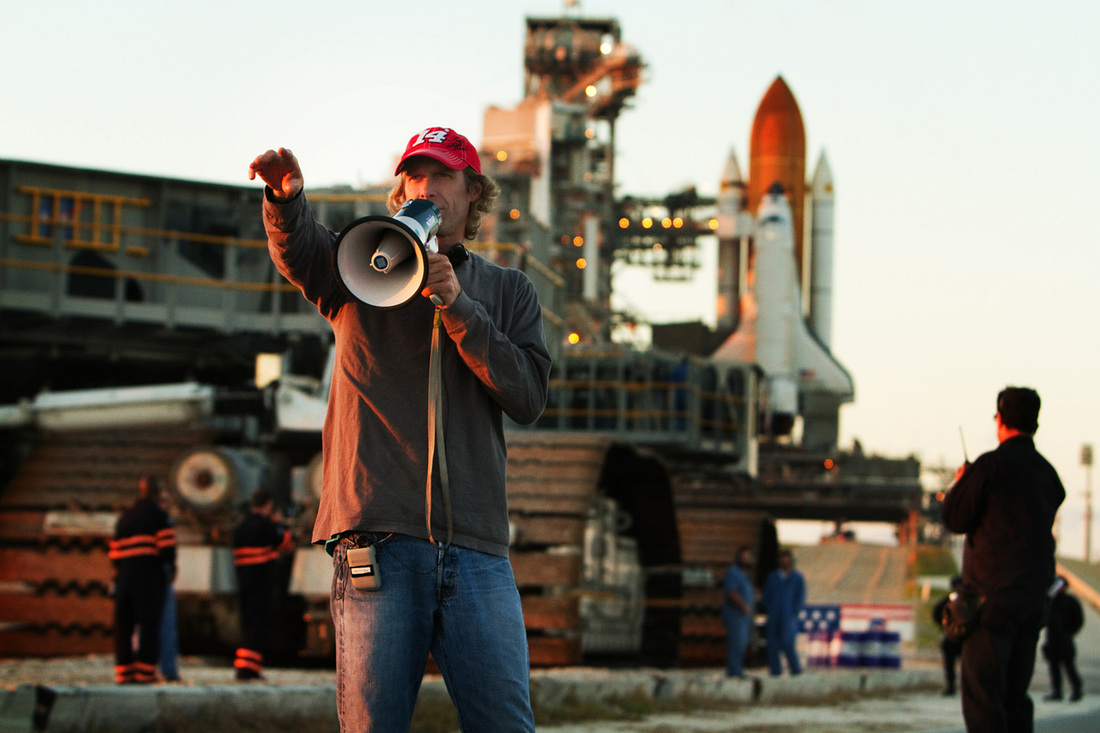
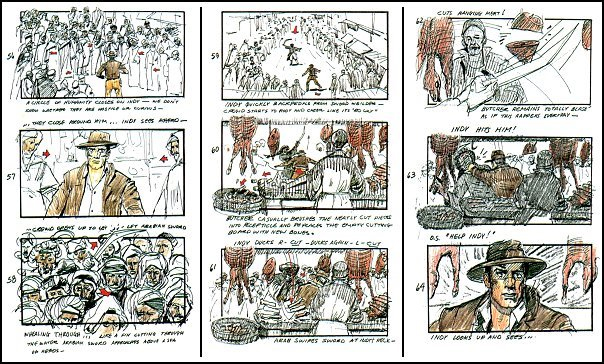
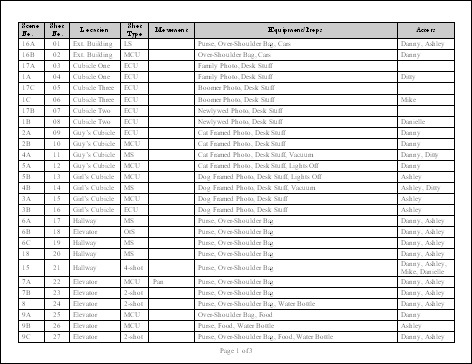

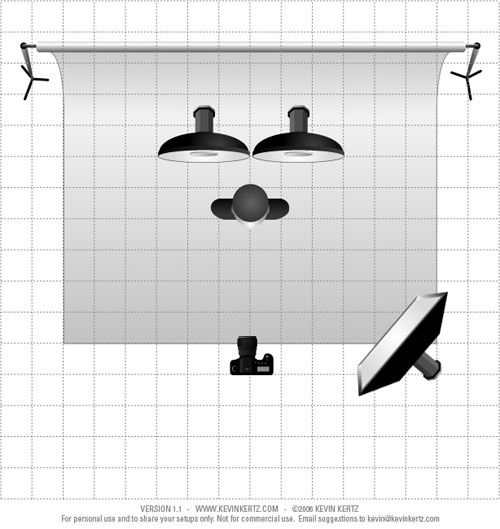
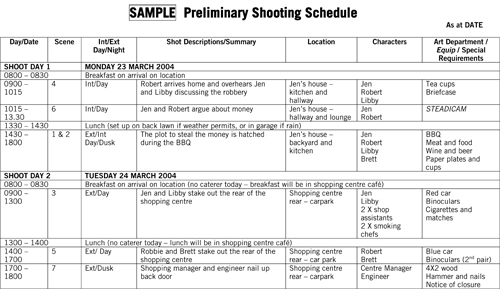
 RSS Feed
RSS Feed